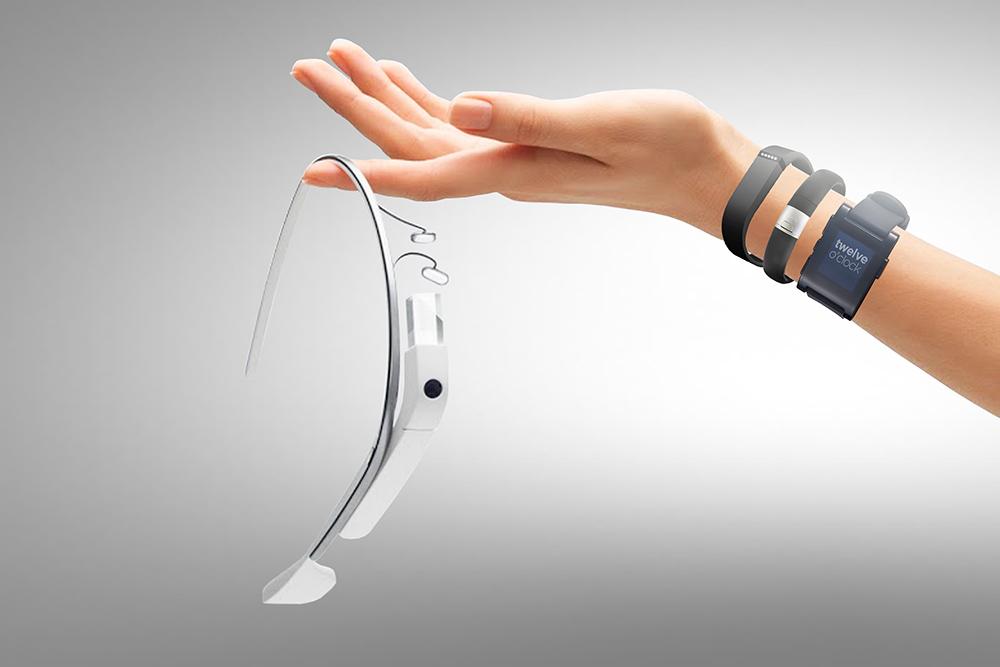Much of the discussion recently about the future of wearable electronics has focused on medical- and fitness-related applications. This seems like a natural first step since wearable devices will have close access to the wearer and could monitor all kinds of health-related indicators. These discussions sometimes tend to avoid the issues of personal privacy; however, and if mentioned at all, leave it as a problem to be solved “in the future.”

Image credit: Digital Trends
Just consider the case of health-oriented wearable devices that can be tapped into by others located nearby. Do you really want your heart rate available during a job interview? Not that it, and perhaps your perspiration level, would be used as an indication that you are lying; surely no potential employer would try and do this. However, I'm sure you would agree that you wouldn't want this type of information available in many situations.
So, we need to be able to control access to many of our connected devices, and in particular, those devices that we would consider to contain personal information. Maybe it's as simple as disconnecting them, but if they are also doing other functions – like a smart watch, or gesture-controlling ring – that may be difficult or inconvenient at best. And if your belt buckle is a wearable connection “hub” that also has some embedded sensors, you probably don't want to have to take it off during that job interview either.
The obvious response is that we will need to make sure that our wearable devices have built-in security capabilities so that the data being transferred, typically via wireless connections, isn't available to hacking or snooping. Security features that offer an all-or-nothing connection may not be the best approach. For example, consider the connections available between wearable devices and your automobile. It would be nice to have the automobile configure settings like seat location, radio pre-sets, hands-free phone connections, and temperature automatically based on the identification available from your wearable devices. Controlling the temperature based on readings from your personal sensors might be useful too. But do you want personal data, perhaps blood alcohol levels, available to the “black box” the insurance company has installed in your car for those reduced rates? Probably not.
We probably need something more than just a one-size-fits-all security scheme to protect our data. Perhaps digital rights management might be a better method for protecting our personal data than a standard security model. If we consider our personal data to be our own intellectual property (IP) and establish specific allowable uses, we can more easily support the communication we want to happen and disallow those we don't. Our car can access our “bodily comfort” data, to adjust temperature settings, but we can restrict access to other more personal data. Using the digital rights management approach, if I want to provide my insurance company with some personal measurements, and they are willing to pay for it, perhaps that's an option to consider.
By Warren Miller
Advertisement
Learn more about Mouser Electronics





